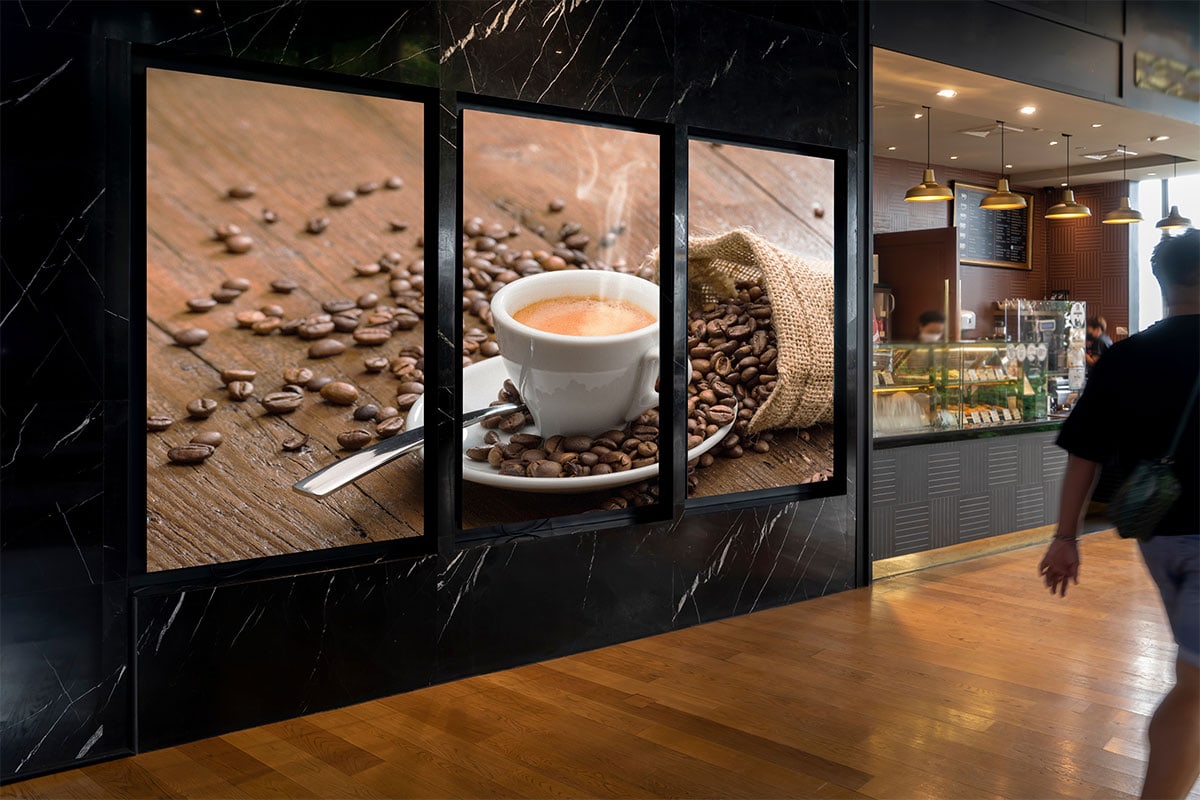The kind of Light Emitting Diode chip used in a wall screen plays a significant role in its brightness. Various LEDs emit differing levels of lumens, which measure the amount of light perceptible to the mortal eye. High-quality components, such as those made using advanced technology, can generate more luminous light with greater effectiveness. Furthermore, the color tone of the LED also influences perceived brightness. For instance, cooler hue temperatures (higher K values) can appear brighter than hotter ones, even at the identical light output level. This feature is important for uses where clarity is crucial, such as in external promotion.
The substances used in the construction of Light Emitting Diode wall screens also influence their luminosity. The type of substrate and encapsulation materials can influence how much light is conducted versus how much is absorbed or dispersed. For example, a panel made with high-quality clear material will allow more light to flow through than one made with lower-grade materials. Additionally, the configuration of the panel, including its thickness and the arrangement of the Light Emitting Diodes, can enhance or reduce brightness by influencing how light is distributed across the screen.
The power source provided to the LED panel panels is another key factor in determining luminosity. Each LED component has a particular browse this site voltage and current need for ideal functioning. If the power source falls short, the brightness of the panel will decrease. Conversely, providing too much power can lead to overheating and reduced durability of the Light Emitting Diodes. Therefore, maintaining a consistent and sufficient power source is crucial for realizing uniform brightness levels. This is especially important in changing displays, where luminosity may need to be adjusted for varied lighting conditions.

Finally, surrounding factors can influence how luminosity is perceived. Surrounding illumination conditions play a major next role in how bright an Light Emitting Diode wall panel looks. In bright daylight, for example, a screen with a lower luminosity rating may struggle to be visible clearly, while a higher-brightness screen can stand out more effectively. Additionally, the perspective from which the panel is observed can influence brightness appearance due to how illumination reflects off surfaces. Understanding these elements helps consumers select the right Light Emitting Diode wall screen for their needs and ensures that producers create products that meet luminosity expectations for different applications.
 Robert Downey Jr. Then & Now!
Robert Downey Jr. Then & Now! Judge Reinhold Then & Now!
Judge Reinhold Then & Now! Andrea Barber Then & Now!
Andrea Barber Then & Now! Mike Vitar Then & Now!
Mike Vitar Then & Now! Barry Watson Then & Now!
Barry Watson Then & Now!